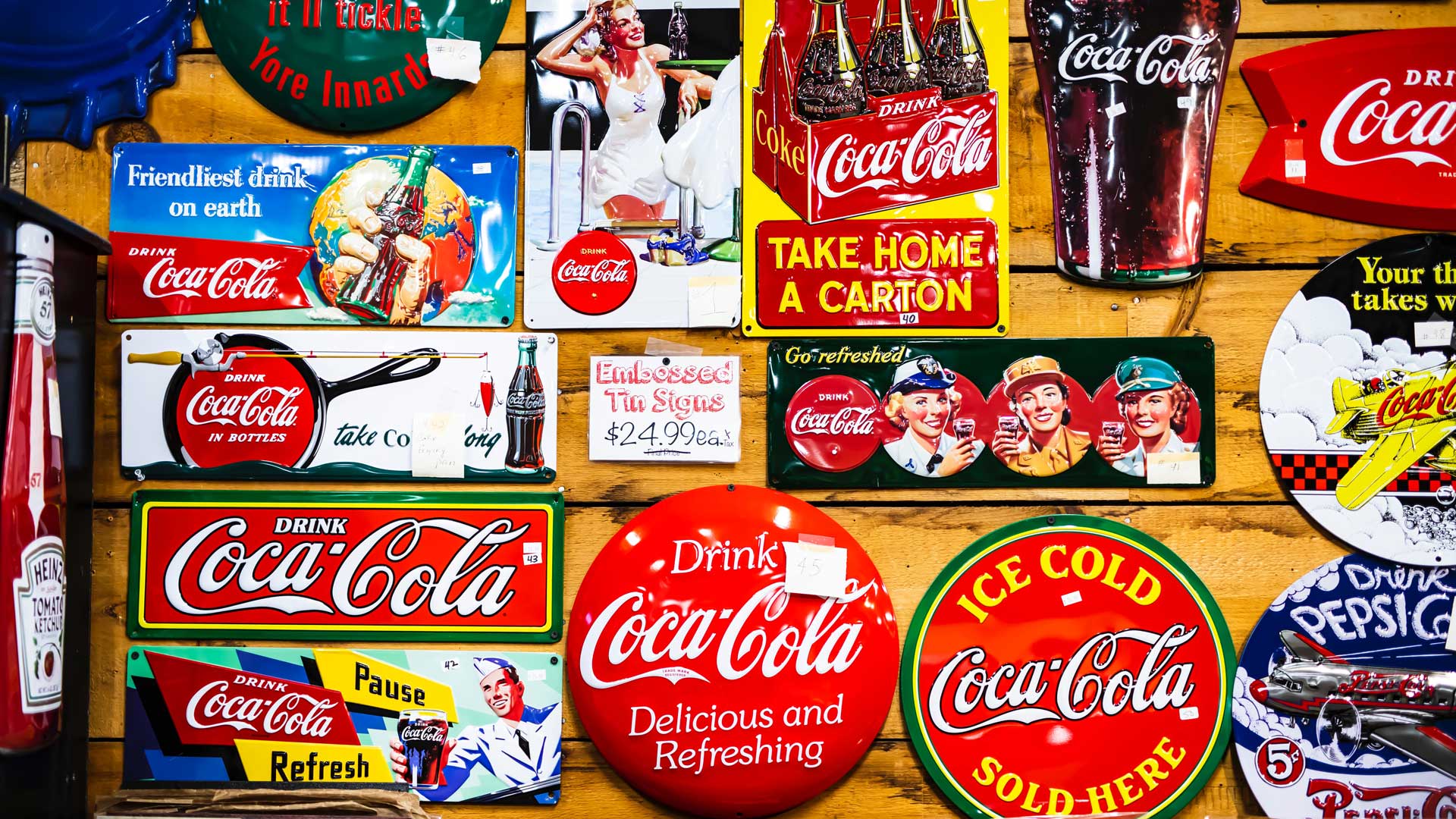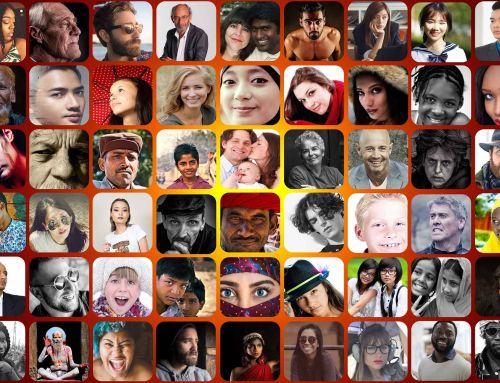When it comes to PR, you need to be remembered – and for all the right reasons.
Charlotte Nichols, founder and managing director of PR, social media, and content marketing agency Harvey & Hugo, explains how she and her team create lovable and memorable brands.
At Harvey & Hugo, one of the most important aspects of our work is to create memorable brands – it’s even in our tagline.
But what is memory, why is it so important to public relations and how can you make sure you’re hitting the right spot?
What is memory?
First of all, what exactly is our memory? Well, psychologist Robert Sternberg described it as “the means by which we draw on our past experiences in order to use this information in the present” – seems fair enough.
But how do we actually make those memories? Here we’ll take a brief diversion into the realms of neuroscience…
Memories are made through forming neural connections, and these large networks of neural connections are called engrams – a permanent record of changes in the brain in response to an event or feeling.
These connections in the brain are formed and then reinforced through repetition – think of cramming for exams, for example.
In fact, we often say that the brain is like a muscle and memories are similar; they need to exercise regularly and consistently. The more you subject the brain to the same knowledge, the more connections it will make and the more memories it will form.
Why are they important to brands?
Memories influence our opinions and behaviors, making them an important part of PR – without them, brands couldn’t exist.
Our brain perceives the brand, assigns an emotion to it, and then files it away with other similar associations – maybe linking Christmas with John Lewis or the sound of an ice cream van with Walls.
PR works by building and strengthening these connections, or even starting from scratch – who’d heard of Amazon 20 years ago?
For a real-life example, let’s look at one of the most famous brands of all, Coca-Cola.
If all of Coca-Cola’s manufacturing, storage and distribution plants disappeared, there would still be demand for the product, thanks to our memories of the brand; it may well be that the scarcity would even drive that demand.
However, if we all suffered from collective, highly-specific amnesia that deleted our memory of the drink overnight, the brand would have to start over – and, nowadays, it would most likely be lost amidst all the competition.
This example clearly highlights the power of intangible assets over physical ones: in many cases, they’re the most important asset a brand has.
Related: 10 Small Business Marketing Strategies That Actually Work

Conscious v unconscious
It’s also important to note that memories are rarely formed consciously
Brands we are subconsciously exposed to, in five-second YouTube ads for example, sneak into our subconscious memories and, without knowing, we assign meaning to them.
Take a moment to think about a brand you’re fond of; when did you first hear about them? Why did you start to like them? Chances are, you won’t be able to clearly pinpoint the exact moment; instead, they slowly entered your consciousness – and now they’re stuck.
Association game
If you try the above exercise, you may also find yourself distracted in a web of other associations while remembering.
This is known as priming; when a certain stimulus prompts the memory to bring up a host of associated thoughts as well.
We can see it in practice with a classic word association game; someone says cow, you think milk and, before long, your mind has wandered off down the farm, thinking of pigs, sheep, food etc.
As such, these triggers make a great marketing technique – the innocuous phrase ‘have a break’ is, for most people in the UK at least, forever associated with KitKats.
That’s how PR can be used as a neural filing technique for a brand, to ensure it’s stored along with positive, easy-to-recall associations.
Related: The Essential Content Marketing Glossary: 50+ Terms You Need To Know
How we do it
Once we’ve grabbed your audience’s attention, by being bold and doing things differently, we work on making your brand memorable to form some positive associations. Brand messaging is key here, especially your tagline, which needs to be clear, straightforward, and instantly memorable.
And never say we don’t practice what we preach: when I set up Harvey & Hugo in 2009, I was known as ‘the PR girl with the dogs’, and, while it may not be glamourous, it worked…
The brand was memorable and whenever people were asked to think of a PR company, they’d often think of the dog girl and therefore Harvey & Hugo.
And thinking back to the importance of making positive associations; in general, dogs are seen favorably, they’re lovable, loyal – man’s best friend.
If Harvey and Hugo had been a pair of rats, would the overall impact have been the same?
How can you make a brand more memorable?
Do your research – look at your target audience’s behaviors and routines, and look to develop brand associations to tie in with key elements of their daily lives.
You’ll need to develop clear brand messaging linked to this – now’s the time to come up with a really strong and memorable tagline.
Once you have these foundations in place, it’s time to develop and implement a consistent PR and marketing campaign to reinforce associations, using a multichannel approach – PR is about so much more than press releases nowadays.
Related: Connecting With Customers In 2021 And Beyond Through Empathy Marketing

Article by Charlotte Nichols, Managing Director, Harvey & Hugo






























Leave A Comment
You must be logged in to post a comment.